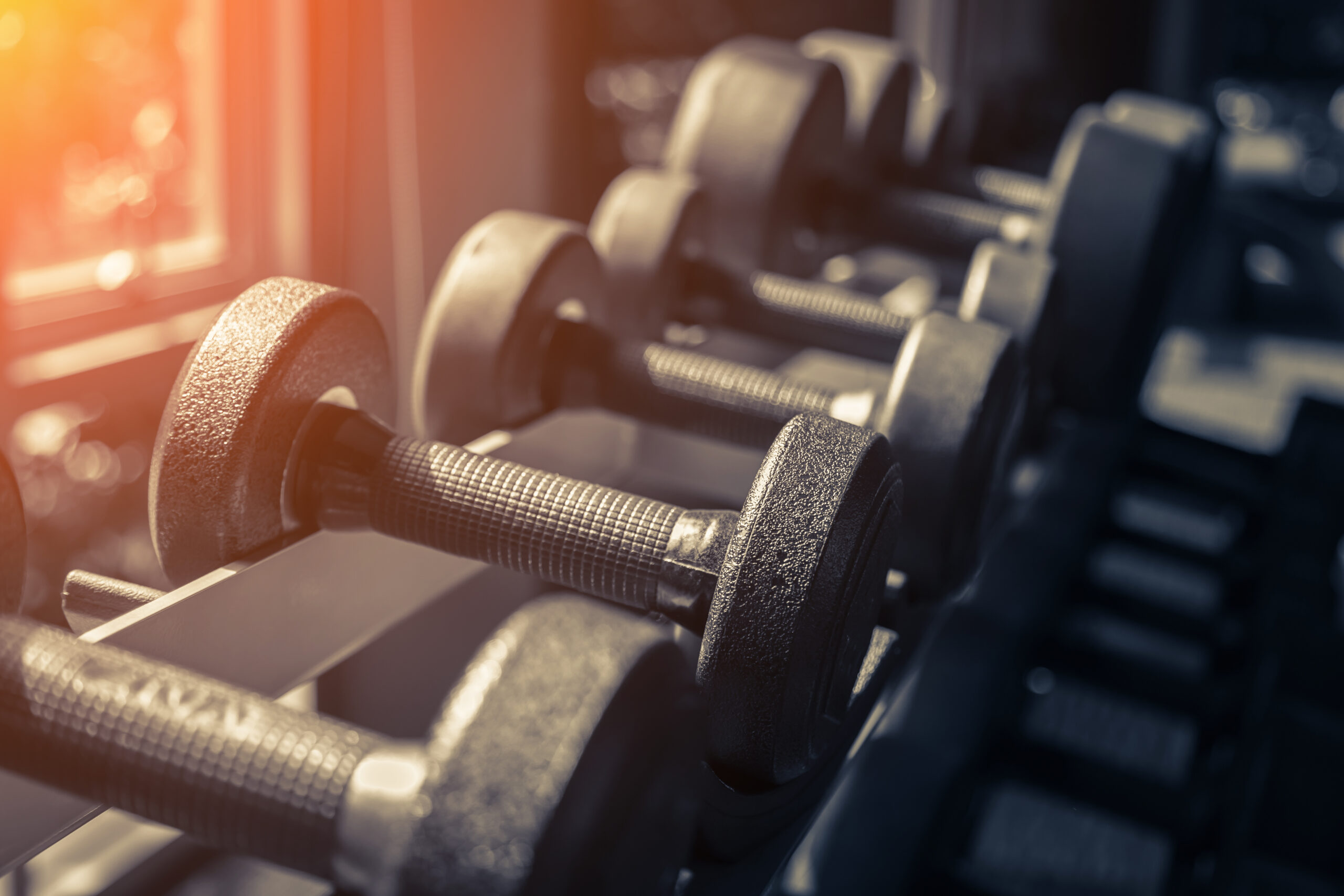Despite our age, vocation, occupation, hobby or passion all of us need to be conditioned to complete our daily routines to the best of our ability. This includes optimising the strength and condition of tendons, muscles, bones, ligaments, fascia and joint capsules. All these structures are what enables us to score a goal for the local club, or win a gold for your country and, believe it or not, all these structures work in tandem in similar processes.
Benefits Of Strength And Conditioning
Strength and conditioning have been proven to increase lean muscle mass, lower resting heart rate, lower blood pressure, improve insulin sensitivity, improve cholesterol profile, increase energy levels, improve sleeping patterns and contribute to positive mental health. And we aren’t just talking about benefits in athletes but in toddlers and even pensioners, in those with and without medical conditions.
Physiotherapists And Strength And Conditioning
Physiotherapists individually tailor your physical activity requirements to match the needs of your current health status. Remember that a medical history does not define you and is not a hindrance to a full and active life. As professionals, we understand all the elements of fitness and work to tune all the components and train any weaknesses. Better still, we understand how to modify any exercise to your injuries or medical conditions. At our LVW Physio, John is a Certified Strength and Conditioning Specialist (CSCS) who worked with individuals and athletes at various levels and athletic ability while Laura and Nicolas are experts in coaching you through the best strength and conditioning programme for your own needs.
Key Components Of Strength And Conditioning
Strength – this is the ability to do work.
Power – this is how you use the strength you have and how you generate force.
Flexibility – through your joint’s range of motion you have the ability to generate force.
Core Strengthening – if you can’t organise your core effectively, you put all your other joints under much more strain.
Postural Control – the spine is the scaffolding that brings everything together, it has to be aligned for every other element to optimally perform.
Movement Training – in all that you do, you have to be able to move well.
Metabolic Conditioning – this is optimising the energy systems that your sport of choice needs.
Rehabilitation – this is not just for athletes, this is about the education of how to get better after an injury.
Performance Testing – Measure Your Gains
Injury Prevention – this is learning how to optimise your performance without injury.

